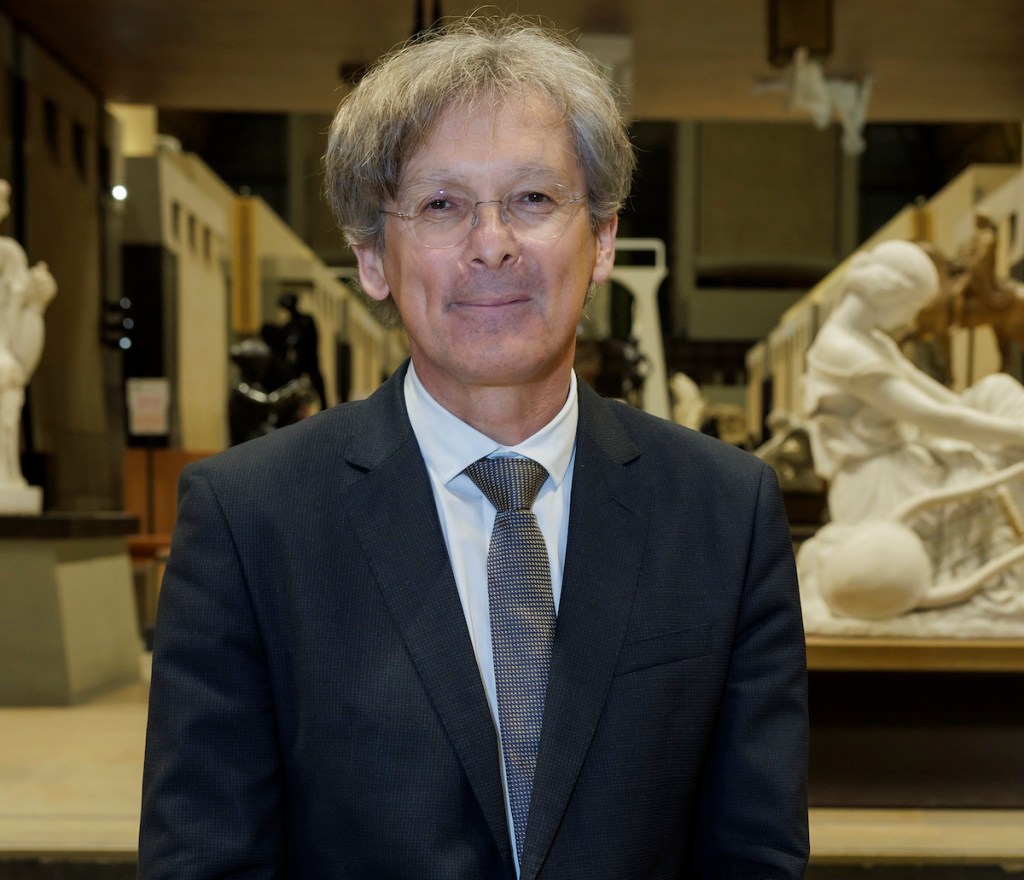Sylvain Amic, an art historian who took the helm of Paris’s Musée d’Orsay last year, died on Sunday in southern France at 58. Rima Abdul Malak, the former French culture minister, told the New York Times that Amic died of heart failure.
His death has been treated with shock, both within France and beyond. He assumed his post as the leader of one of Paris’s most visited museums just 16 months ago.
Laurence des Cars, the current president and director of the Louvre Museum and the former head of the Musée d’Orsay, praised Amic as a “promoter of an imaginative and open culture” in a statement posted to social media. Emmanuel Macron, the Prime Minister of France, wrote on X that Amic “knew the universal emancipatory power of our culture, between heritage and creation.”
Related Articles

Born in Dakar, Senegal, in 1967 to French parents, Amic would go on to lead a school in Banjul, Gambia, before becoming a curator in the late ’90s. Between 2000 and 2011, he worked at the Musée Fabre, a museum in Montpellier, France, that is known for its collection of 19th- and 20th-century French art. Then he went on to work in Rouen, where he brought together a group of 11 museums that he named the Museums of Rouen.
Starting in 2022, he began working as an adviser to Rima Abdul Malak, who served as the French culture minister until 2024.
Amic died as the Orsay was preparing to open a research center. He was also leading plans for a permanent collection rehang and had recently spearheaded a traveling show of masterworks from the museum’s holdings.
When that show visited Shanghai’s Pudong Art Museum this summer, Amic said it was emblematic of his goal to keep the past alive—and to show that it need not remain stale or stodgy.
Earlier this year, he told Souquee, “Even though people in the past made great efforts to preserve art, we still need to ask ourselves: Is this concept still relevant today? Therefore, the way we work is to make the museum as ‘contemporary’ as possible—by responding to today’s problems, showing how the collection, art history and the history of that era are still important resources for us to understand the world and draw inspiration.”

